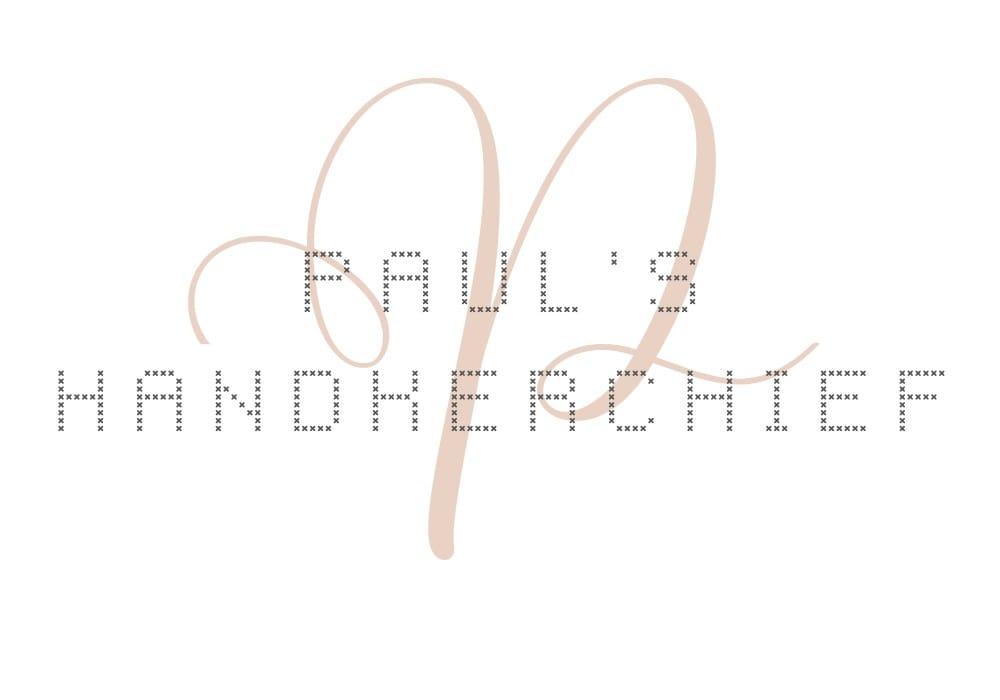Divine Touch: χρώς (Strong’s G5559: chrōs) Reveals Healing Power’s Connection
Strong’s G5559: From PIE root *ghrēu-, meaning “to rub, grind,” χρώς refers to the surface of the body, skin, or flesh. In NT usage, specifically relates to physical contact for divine healing through cloth touching the body.
U- Unveiling the Word
The word χρώς (chrōs) carries profound significance in understanding the physical dimension of divine healing in the New Testament. Its primary meaning centers on the body’s surface or skin, emphasizing the point of contact where supernatural power interfaces with human flesh. This concept becomes particularly significant in Acts 19:12, where handkerchiefs or aprons that had touched Paul’s body (χρώς) were used as conduits of healing power. This usage illuminates the early church’s understanding of how divine power could be transmitted through physical contact, reflecting similar instances like the woman touching Jesus’ garment hem for healing.
N – Necessary Information
- Greek Word: χρώς, chrōs, /kʰrɔːs/
- Pronunciation: kh-roce (where ‘kh’ is a guttural sound like in Scottish ‘loch’)
- Part of Speech: Noun
Join the coffee club to enjoy an ad-free experience and add your voice to this discussion.
Etymology:
- Root: From Proto-Indo-European *ghrēu-
- Development: Through Ancient Greek χρώς
- Related to concepts of surface, skin, and physical contact
D – Defining Meanings
- Surface of the body
- Skin
- Physical point of contact
- Flesh (in terms of outer covering)
Translation Options:
- Body – emphasizes the physical nature of contact
- Skin – highlights the surface aspect
- Person – captures the holistic meaning in some contexts
E – Exploring Similar Words
- σῶμα (sōma) /ˈso.ma/ – refers to the whole body rather than just surface – See G4983
- σάρξ (sarx) /sarks/ – refers to flesh in a broader sense – See G4561
- δέρμα (derma) /ˈder.ma/ – specifically refers to skin – See G1192
R – Reviewing the Word’s Morphology
- Case: Varies (Nominative, Genitive, Dative, Accusative)
- Number: Singular
- Gender: Masculine
- Declension: Third declension
This noun follows regular third declension patterns:
Nominative: χρώς
Genitive: χρωτός
Dative: χρωτί
Accusative: χρῶτα
S – Studying Lexicon Insights
The lexical evidence for χρώς reveals its specialized usage in medical and physical contexts. BDAG emphasizes its connection to physical contact and healing, while Thayer’s highlights its relation to the body’s surface. LSJ provides extensive classical usage examples where it refers to skin color and complexion. Moulton and Milligan note its technical medical usage in papyri. Vine’s connects it to the concept of physical touch as a means of divine power transmission. This collective insight shows χρώς as a term precisely chosen to convey the physical aspect of supernatural healing.
T – Tracing the Scriptures
First appearance:
“So that even handkerchiefs or aprons that had touched his [χρώς] were brought to the sick, and the diseases left them and the evil spirits came out of them.” Acts 19:12
Additional References:
This word appears only once in the New Testament.
A – Analyzing Classical Usage
| Author: Work | Text |
|---|---|
| Homer: Iliad | “The spear pierced through his [χρώς] fair skin beneath the shoulder” |
| Hippocrates: On Medicine | “The physician must observe the [χρώς] color and texture of the patient’s skin” |
| Herodotus: Histories | “The Ethiopians painted their [χρώς] with vermilion” |
N – Noteworthy Summary
The singular New Testament usage of χρώς in Acts 19:12 provides a fascinating glimpse into how God’s healing power operated through physical contact. This word choice emphasizes that divine power can work through human vessels, touching people at their point of need. It reminds us that the good news of King Jesus includes His concern for our physical well-being and His power to heal through various means, whether direct or indirect contact, showcasing His sovereignty over both spiritual and physical realms.
D – Did You Know?
- χρώς is related to modern medical terms like ‘chromatin’ (referring to cell material)
- In ancient Greek medicine, χρώς was crucial in diagnosis through skin observation
- The word appears over 600 times in ancient Greek literature but only once in the NT
Strong’s G5559: From PIE root *ghrēu-, meaning “to rub, grind,” χρώς refers to the surface of the body, skin, or flesh. In NT usage, specifically relates to physical contact for divine healing through cloth touching the body.
Part of speech: Noun
Tags: healing, skin, body, touch, divine-power, physical-contact, Paul, miracles, Acts, ancient-medicine



Add your first comment to this post